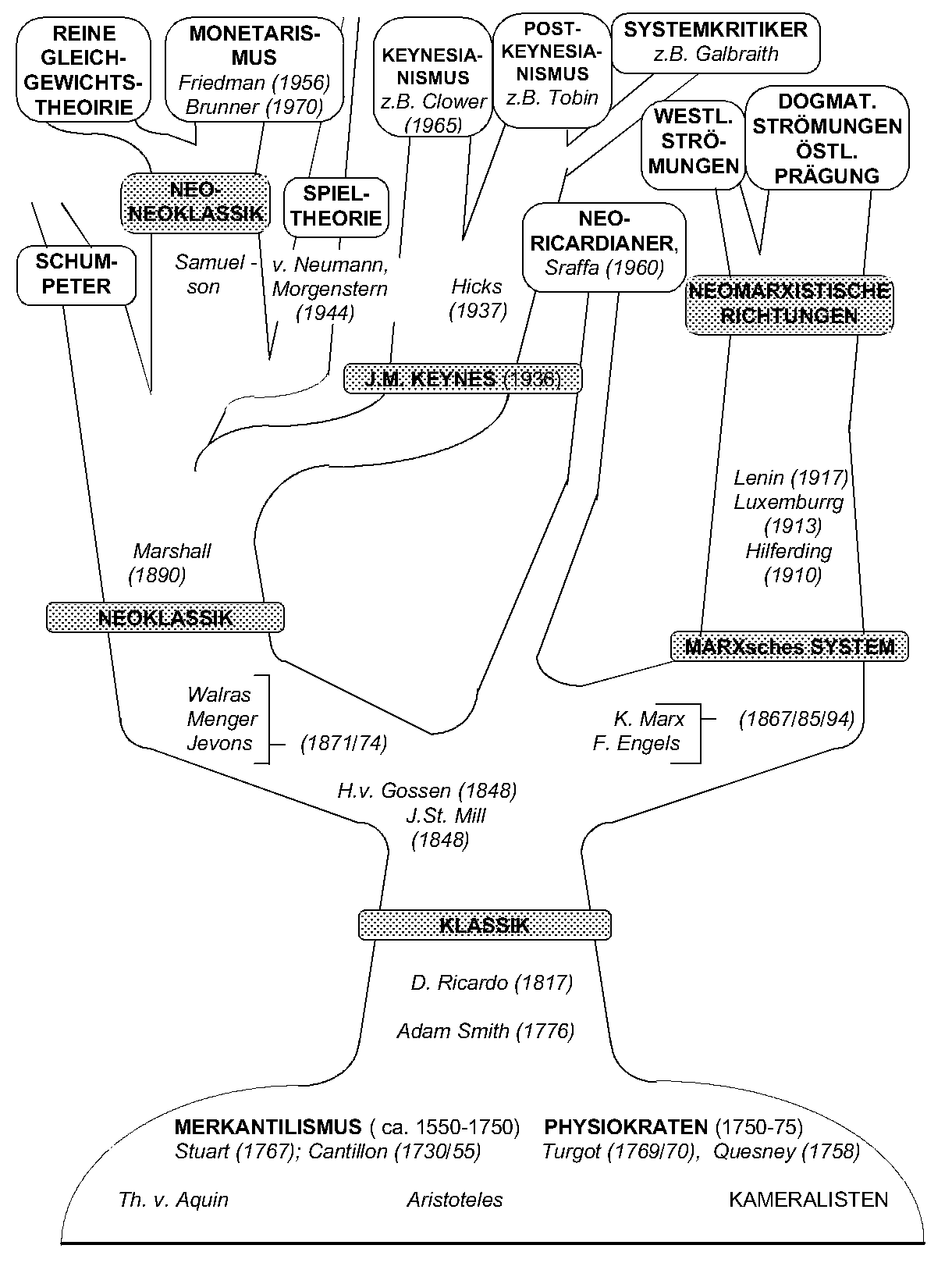fast sechsmal soviel loss wie anfang des monats!!!! sind die nicht ganz dicht?? am 5. oktober sagen sie wir muessen 5mrd abschreiben..3 wochen spaeter sinddie mehr als 50 % höher
Wer will da den Bilanzen und Aussagen der Banken noch glauben???
O'Neal's Subprime Shakeout Shows Peril of Paulson's SIV Bailout
2007-10-25 00:09 (New York)
By Shannon D. Harrington and Neil Unmack
Oct. 25 (Bloomberg) -- The collapse of confidence in
Merrill Lynch & Co. after the world's biggest brokerage lost six
times more than it forecast earlier this month helps explain why
Treasury Secretary Henry Paulson's attempt to rescue SIVs is
troubled.
Merrill Chief Executive Officer Stanley O'Neal told
shareholders yesterday that the New York-based firm had a loss
of $2.24 billion, the biggest in its 93-year history, after
reducing the value of mortgages and asset-backed bonds. Those
are the same hard-to-trade securities owned by structured
investment vehicles, or SIVs, that Paulson is attempting to keep
afloat with a new $80 billion fund.
Paulson's plan, announced last week, may do little to
address the lack of transparency that has roiled global fixed-
income markets since July 31, when two hedge funds managed by
Bear Stearns Cos. went bankrupt following losses on securities
tied to subprime mortgages. Investors aren't willing to rely on
estimates by Wall Street traders to value these bonds and
there's no central trading system or exchange. Fitch Ratings
says the value of SIVs, which own more than $320 billion of
bonds, fell to 73 percent as of Sept. 28 from 100 percent in
July.
``Continuing to mask transparency by means of rearranging
risk without actually offloading or recognizing the true value
of that risk is not going to help anyone,'' said Joseph Mason,
an associate professor of business at Drexel University in
Philadelphia and a former financial economist at the Office of
the Comptroller of the Currency.
`Additional Analysis'
That's what Merrill found out. O'Neal said Oct. 5 that the
company wrote down the value of mortgages, asset-backed
securities and loans for leveraged buyouts by $5 billion after
defaults on subprime mortgages to people with poor or risky
credit histories reached a five-year high and contaminated
securities backed by home loans and other types of debt.
Yesterday, after ``additional analysis,'' O'Neal said the
charge was really $8.4 billion, the biggest reported by a
Wall Street brokerage.
Investors concluded Merrill wasn't managing its holdings
and drove the share price down $3.90, or 5.81 percent, to $63.22
on the New York Stock Exchange, the biggest decline in five
years.
Standard & Poor's, calling the loss ``startling,'' cut its
rating on Merrill's senior unsecured debt to A+ from AA-. Fitch
and Moody's Investors Service also lowered their ratings on the
company.
The cost to protect against a default in Merrill's bonds
doubled the past two weeks. Credit-default swaps used to
speculate on the company's creditworthiness or hedge against
losses, have climbed 46 basis points since Oct. 10 to 88 basis
points, according to CMA Datavision in London. A basis point is
0.01 percentage point.
Buyers Absent
Paulson's attempt to stem further declines in credit
markets was announced Oct. 15 when New York-based Citigroup
Inc., and JPMorgan Chase & Co., and Charlotte, North Carolina-
based Bank of America Corp. said they will set up the fund to
buy securities from SIVs, which sell short-term debt to buy
mortgage securities and finance company bonds, profiting on the
spread between the two. Wachovia Corp., also based in Charlotte,
has said it also will back the fund, known as the master
liquidity enhancement conduit, or M-LEC.
Many of the 30 SIVs worldwide can't find buyers for their
commercial paper -- debt that comes due in 270 days or less. The
concern is that without the funding, the SIVs would have to sell
their investments and might have to accept fire-sale prices.
That would force owners of similar securities to assign new,
lower values to their holdings, causing losses to spiral.
Cheyne Capital
As an alternative, banks could take over the assets, though
that would tie up capital and restrict lending, putting a drag
on the economy.
Citigroup, Bank of America and JPMorgan, the three biggest
U.S. banks, didn't disclose the size of the fund or say what
assets would be purchased, except that they would be ``highly
rated.'' The fund plans to finance assets by selling medium-term
notes and commercial paper to investors, the companies said last
week. The banks would provide credit lines to the entity,
backing that SIVs don't have.
SIVs are starting to go under because they can't obtain
funding once short-term loans come due.
London-based Cheyne Capital Management Ltd. and IKB
Deutsche Industriebank AG's Dublin-based Rhinebridge Plc, a fund
set up in June, defaulted on a combined $7 billion of debt after
failing to obtain back-up financing.
Commercial Paper
Even after the Federal Reserve reduced its target interest
rate for overnight loans between banks by 50 basis points to
4.75 percent on Sept. 18, investors are skittish about providing
loans to borrowers pledging hard-to-value assets as security.
Asset-backed commercial paper maturing in less than 30 days
yields 23 basis points more than the Fed's target rate for
overnight loans between banks, up from 5 basis points three
months ago. The amount outstanding fell in each of the past 10
weeks, tumbling 25 percent to $888 billion.
On average, about 44 percent of SIV holdings are in
mortgage-backed securities, 2 percent of which is in subprime
mortgage bonds, and 11 percent is collateralized debt
obligations, which package pools of debt, according to a report
last month by Zurich-based UBS AG, the world's biggest money
manager to the wealthy. The rest is finance company bonds and
other asset-backed debt.
The lack of trading in mortgage securities has made it
almost impossible to reach a consensus on the value of much of
the SIV's holdings. More than 80 percent of fund managers
surveyed last month by Greenwich Associates, a Greenwich,
Connecticut-based consultant, said they ``experienced
difficulty'' in getting a price quote from dealers for asset-
backed securities and CDOs.
`Lack of Transparency'
``There's still a very serious problem of lack of
transparency in those markets, lack of trust on the part of
market participants in the value of securities and the lack of
trust in their counterparties,'' Martin Feldstein, an economist
at Harvard University in Cambridge, Massachusetts, and chairman
of the National Bureau of Economic Research, said in an Oct. 4
interview.
Under Paulson's plan, securities owned by SIVs that can't
refinance their debt will be transferred to the bank fund. The
banks didn't say how they will determine a value for the assets.
That may play into the hands of banks and investors who want to
avoid marking down their holdings, potentially extending the
slump in credit markets, said Tony Crescenzi, chief bond market
strategist at Miller Tabak & Co. in New York.
Falling Value
``The real issue is this might prolong the inevitable,
which is financial entities eventually having to mark-to-market
their assets,'' Crescenzi said.
The average net asset value of SIVs rated by Fitch fell to
73 on Sept. 28 from more than 100 in July. A 0.5 percent drop in
value of assets is equivalent to a 7 percent decline in the so-
called NAV, Fitch said.
Citigroup, the biggest U.S. bank, is the largest owner of
SIVs, with seven pools that have a combined $80 billion in
securities, according to spokesman Jon Diat.
The company said on Sept. 6 that its $22.4 billion Beta
Finance SIV had a net asset value of 85.3 at the end of August.
That fell to a range of 75 to 80 by Oct. 8, according to Fitch.
Citigroup's $15.1 billion Sedna Finance SIV ended August with a
value of 81 and declined to as low as 70 in mid-September before
recovering this month to between 75 and 80. The bank's $13.4
billion Five Finance had a value of 81 in August, before
dropping as low as 70 by Oct. 8.
Gordian Knot
The largest SIV, the $52 billion Sigma Finance Corp.,
declined to let Fitch disclose its value. Sigma is run by
Gordian Knot Ltd., a London-based asset manager led by Stephen
Partridge-Hicks and Nicholas Sossidis, who created the first SIV
in 1988 when they worked at Citigroup before leaving in 1993 to
form their own company.
``This is the dullest business on the planet,'' said
Partridge-Hicks. ``What we do is old-fashioned spread banking.''
Rhinebridge's value dropped to 65 to 70 as of Sept. 20,
according to Fitch. Since then, the value fell far enough to
force the SIV to stop debt payments. All Rhinebridge's holdings
are in structured finance securities, about 35 percent of which
are CDOs, according to S&P.
S&P reports show the value of pieces of top-rated CDOs
owned by Rhinebridge slumped 15 percent or more in three days
last week. Once an SIV's net asset value falls below 50, a
clause is typically triggered requiring the fund to liquidate.
Greenspan Critique
Defaults by Cheyne and Rhinebridge ``highlight the problem
of lack of transparency surrounding the supposedly timely and
accurate pricing on SIV assets,'' Christian Stracke, an analyst
in London at CreditSights Inc., which specializes in bond
research, said in a report this week.
Former Fed Chairman Alan Greenspan said last week that
investors may see Paulson's plan as little more than a shuffling
of assets, further undermining confidence.
The accord could be ``somewhat adverse'' for the market
``because if you believe some form of artificial non-market
force is propping up the market you don't believe that the
market price has exhausted itself,'' Greenspan said, according
to Emerging Markets, a newspaper published for last week's
meeting of the International Monetary Fund.
Paulson, a 61-year-old former CEO of New York-based Goldman
Sachs Group Inc., the most profitable firm in Wall Street
history, said the deal will ultimately reassure financial
markets and should be operating soon.
`Take a While'
``It will take a while, but it should be done by the end of
the year,'' Paulson told reporters on Oct. 19 after a meeting of
finance ministers and central bankers from the Group of Seven
industrialized nations.
Paulson's proposal may at least help boost trading in some
securities, said Adam Posen, deputy director of the Peterson
Institute for International Economics in Washington and a former
economist at the New York Fed. The central bank, now run by Ben
S. Bernanke, indicated it supports the plan. A Fed official who
declined to be identified said this week the plan is well-enough
designed that it may help credit markets.
``It's definitely positive, the only question is how big a
positive,'' Posen said. ``I give Paulson a lot of credit for
coming up with something that looks private sector that he can
take credit for.''
--With reporting by Christine Harper, Pierre Paulden,
Caroline Salas, Fabio Alves, Elizabeth Hester, Yalman Onaran,
Brad Keoun and Giada Vercelli in New York, and Ken Prewitt and
Matthew Benjamin in Washington. Editor: Moody (shg/rrb/scc)
To contact the reporter on this story:
Shannon D. Harrington in New York at +1-212-617-8558 or
sharrington6@bloomberg.net
To contact the editor responsible for this story:
Emma Moody at +1-212-617-3504 or
emoody@bloomberg.net









